Engagement
Respecting life & aquatic ecosystems: NAOS commitments to develop environmental friendly sunscreens
Discover our commitments to create respectful products for the skin and the environment.
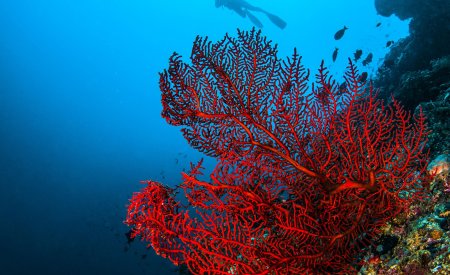
Engagement
Discover our commitments to create respectful products for the skin and the environment.
At BIODERMA, we follow three main commitments, to create nontoxic sunscreen products that respect both skin and aquatic ecosystems.
Seawater and freshwater are both rich in biodiversity that can be negatively impacted by ingredients in sun care products. Whether we are swimming in the ocean or showering at the end of the day, these products end up in the water cycle. Thus, it is key to measure our product's impact along their entire life cycle, to consider all the different kinds of water & aquatic environments with which they could come into contact. We test our final formulas to make sure our product respect life and aquatic ecosytems.
This label guarantees the safety of our solar products for aquatic ecosystems, including coral
(Absence of toxicity on aquatic ecosystems (evaluated on corals, microalgae NF ISO 10253, daphnia OCDE 202)).
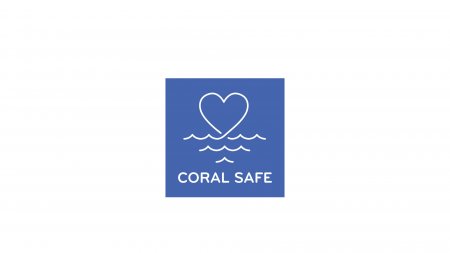
Corals are living organisms, and the reefs that they create make up only 0.1%-0.2% of the surface area of the oceans : around 3000km in total around the world- the same size as the country of Italy !
But their small size should not be underestimated : corals are home to 25% of our planet’s marine life ! They are the basis for the formation of other ecosystems. Indeed, coral reefs are an important food ressource and provide about 10% of the fish caught worldwide.
Corals cohabit in harmony with micro-algae. but when environmental stress becomes too strong, they expel these micro-algaes and die.
They are also a fundamental physical barrier to coastlines : they are absorbing wave energy and reducing damage in case of natural disasters. They protect both the ecosystems between reefs and coasts (lagoon, sea grass beds) as well as human settlements along the coast.
Corals benefit the global ecosystems. Unfortunately, threats are multiplying against it over the years. Threats can be natural such as diseases, predators, and storms. But others threats are caused by people : climate change, raise of ocean temperature, chemicals, such as those potentially present in sun care products.
This is why at BIODERMA we want to make sure our products do not have any impact on coral viability.
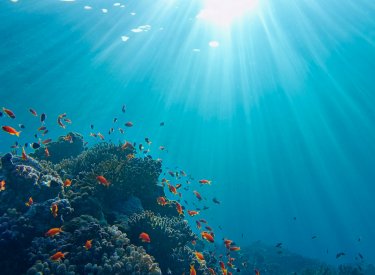
Most structures that we call "coral" are in fact made up of hundreds to thousands of tiny coral creatures called polyps.
Tests are conducted on coral fragments to measure the impact of sunscreen filters, by observing these polyps retraction and fragment bleaching after 48h & 96h of exposure to the product sample.
If the product does not cause polyp retraction or bleaching, it then fulfills 1 of our 3 ecotoxicity criteria.

Marine algae are living organisms playing a fundamental role in the carbon cycle. Indeed, they are capable of oxygen photosynthesis thus contribute to limiting the greenhouse effect.
They also are very important organisms in the aquatic ecosystem, as they make up the base of the ocean’s food web. They support healthy fish and crustacean populations by providing them a habitat, acting as a nursery for biodiversity.
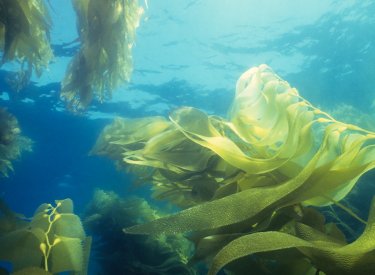
Using the NF ISO 10253 method, which tests the growth rate of algae cells (Phaeodactylum tricornutum) after 72 hours of exposure to the product ingredients sample. For this test, we use much higher concentrations of the ingredients than the algae would be exposed to in their natural habitat, in order to ensure an even more limited effect in reality.
If the product does not affect the growth of marine algae, it then fulfils 2 out of our 3 ecotoxicity criteria.

These organisms, also known as « Daphnia magna Straus » are part of freshwater ecosystems. They size a few milimeters down to a few microns.
Despite their microscopic size, they are the base of the food chain of most lakes, and therefore play a key role in maintaining the balance of aquatic ecosystems.
As they are a source of food for many small fish and other aquatic life, a lack of Daphnia can cause a drop in these fish populations, as well as algae overgrowth, as Daphnia feed on these plants.
This is why at BIODERMA we want to make sure our products do not have any impact on freshwater plankton viability.
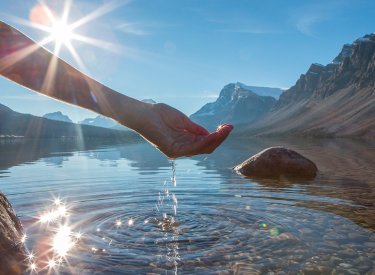
We use the OECD 202 method on Daphnia magna Straus, which determines the toxicity level of the product based on the reaction of young Daphnia, or water fleas. Mobility is measured after 24h & 48h to determine the concentration at which they are immobilized.
If after 48h the Daphnia are not immobilized, the product then passes the 3rd of our ecotoxicity criteria, and is considered not to be toxic or dangerous for the environment.

Conducting these tests separately allows us to observe individual ingredients’ impact on the environment, as well as the formula as a whole, to create reef friendly sunscreen that truly respects the environment.
Testing on these 3 fundamental species is like testing on the entire aquatic ecosystem as they depend to each other. It allows us to develop products with the lowest impact and least ecotoxicity possible, without negative effects on the skin nor the environment with which our skin comes into contact, particularly the aquatic ecosytems for sun care products.
Assessing the ecotoxicological profile of every ingredient, we can create environmentally safe sunscreen using only those that will have a minimal impact on aquatic ecosystems. We develop our formulas following the principles of ecobiology, the science of interaction, to determine how they will interact with both skin and aquatic ecosystems.
Thanks to continued research, we are discovering the increasingly negative effects of certain filters. Islands with rich aquatic biodiversity, like Palau and Hawai’i, have already banned the use of certain filters that can be harmful for the environment.
While over 30 sun filters are available in the sun care market, at NAOS we formulate our products using only 10 filters, under a specific NAOS group charter, with the constant goal of diminishing our impact on the environment.
As a result, we no longer use:
Our aim: to find and develop new ingredients that increase the skin’s natural ability to protect itself from the harmful effects of the sun
Want to learn more about the composition of our ocean friendly reef safe sunscreen and other eco-friendly products? Visit AskNAOS.com for more information about our actions and approach.
Jean-Noel Thorel, our Founding President, a keen deep-sea diver and someone who is truly passionate about the sea, has set NAOS on the path of preserving the marine environment.
NAOS supports the marine biologists of the Andromède Océanologie Association that has developed a unique expertise on marine ecosystems in the Mediterranean (France, Greece, Italy and Spain). They conduct a major work of underwater mapping with the aim of preserving and regenerating Posidonia.
Why Posidonia? Because these underwater meadows have a major ecological role, capturing 4 to 5 times more carbon than other species of marine flowering plants, and are a major and essential underwater ecosystem.
Andromède Océanologie, has developed DONIA, an anchoring and navigating app for the public that offers users a new cartography of the oceans, so that they can choose to anchor outside of Posidonia beds.
At the same time, Andromède Océanologie conducts their REPIC projet which consists in transplanting operations of these plants, in the restricted mooring areas that have suffered destruction.